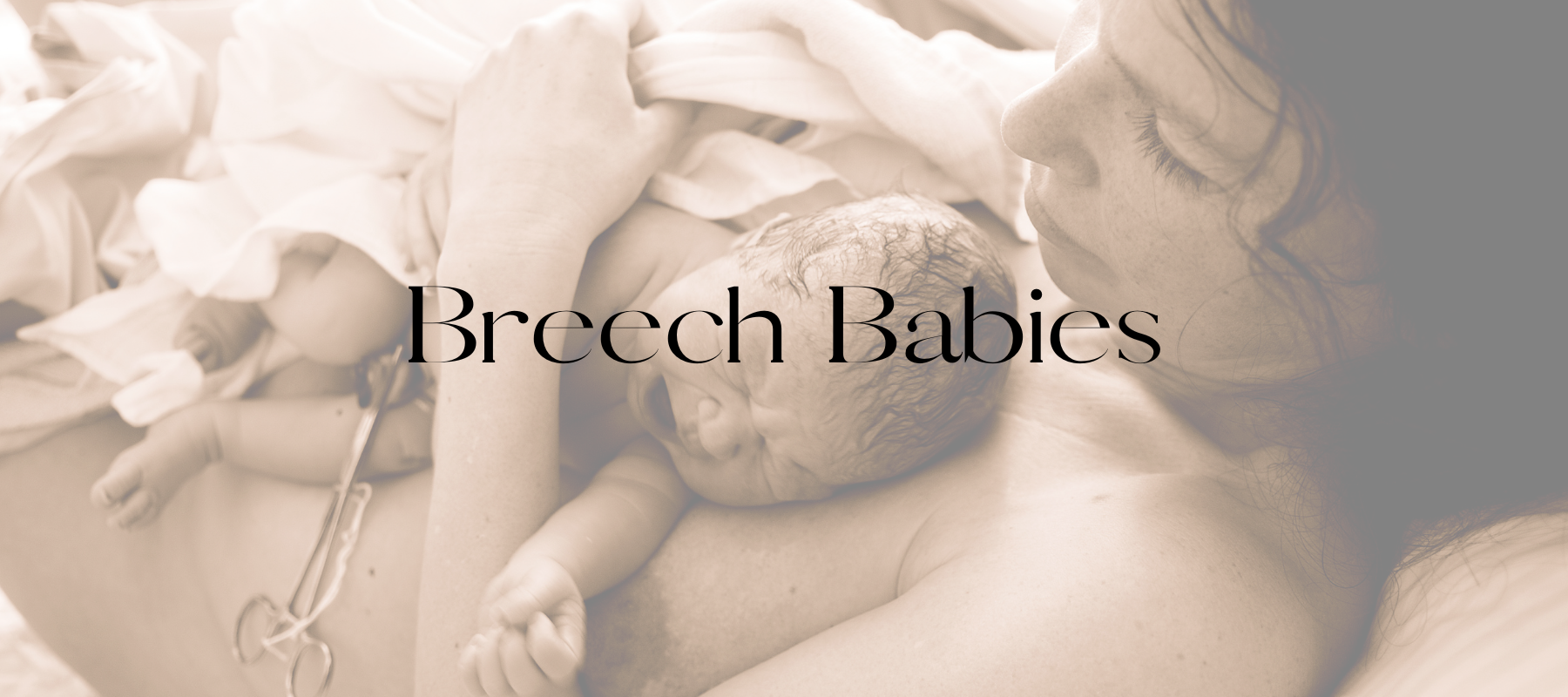Since the introduction of saline and silicone breast implants in the early 1960’s, cosmetic breast surgery has become one of the most common plastic surgeries performed worldwide.
Leading researchers continue to analyse breastfeeding outcomes in women with and without a history of breast surgery. The majority of women undergo cosmetic breast surgery in their reproductive years for varied reasons such as breast reduction, reconstructive surgery following breast cancer and for aesthetic purposes.
The total impact of breast surgery on breastfeeding success is still unknown. Research suggests the type of surgery, location of incisions and healing process is relevant to how significant the later impact on lactation.
Reduction Mammoplasty
Breast reduction mammoplasty, with large amounts of breast tissue removed (both milk-producing and fatty tissue) can impact the ability to produce an adequate supply of breastmilk. Nipple relocation is also often required during breast reductions, which severs nerve connections, damages milk ducts and alters breast anatomy. Nerve damage can sometimes repair itself, however some nerve damage is irreversible.
Reconstructive surgery/Mastectomy for breast cancer
Women with a history of breast cancer who have had partial or total breast tissue removal will often experience reduced breastfeeding capabilities. This may involve unilateral feeding (feeding from one breast only) or supplementation with infant formula as well as breastmilk. If unilateral feeding with appropriate support, one breast is capable of producing a breastmilk supply equivalent to both breasts.
Breast Augmentation
Breast implants can cause damage to the primary milk ducts, glandular tissue or cause critical nerve damage. Implants can also place pressure on the breast tissue, which may result in repetitive blocked ducts during lactation which can lead to mastitis and breast abscesses. Furthermore, surgical complications such as capsular contracture, haematomas or surgery-related infections can cause a reduced capacity to lactate.
However, the reduced likelihood of exclusive breastfeeding following augmentation may be attributed to the insufficiency of breast tissue that prompted the need for implants in the first place. This is a condition known as breast hypoplasia or insufficient glandular tissue (IGT).
Hypoplasia/IGT is often characterized by the breasts appearing small, asymmetrical and often tubular in shape. Hypoplastic breasts are often widely spaced with minimal changes during puberty, pregnancy and lactation. It is often women who experience hypoplasia who opt for augmentation in their formative years. Therefore, the inability to produce an adequate breastmilk supply during early parenthood may not be solely related to breast implants and their impact.
Should you have cosmetic breast surgery if you plan to breastfeed?
In the absence of critical and time-sensitive breast surgery or reconstruction (i.e. breast cancer or family history of breast cancer) should you consider cosmetic surgery despite the risks to breastfeeding success?
Breastfeeding has immediate and long-term nutritional benefits to baby, as well physiological and psychological benefits to the mother. Whilst the World Health Organisation recognises any breastmilk is better than no breastmilk, it does recommend exclusive breastfeeding in order to promote optimal health outcomes for every infant.
Irrespective of this, the potential to compromise breastfeeding should not be disregarded, and further evidenced based research must be conducted to provide women with conclusive information about all associated risks to lactation in order to assist in the ability to make an informed decision.
I’ve had breast surgery; will I be able to breastfeed?
- Most mothers who have a history of breast surgery are usually able to produce breastmilk! (However, some mothers will not be able to produce enough breastmilk for exclusive breastfeeding)
In these instances, there will be a need to supplement their baby with infant formula alongside breastfeeding/breastmilk.
- Breast implants inserted below the pectoral muscle have been found to have less impact on lactation then implants inserted above the muscle.
- Throughout the healing process, milk ducts which were once damaged during surgery may repair themselves allowing the mother to produce breastmilk.
- With adequate breastfeeding support, many women are able to enjoy long and fulfilling breastfeeding journey.
What can I do to optimise my breastfeeding success?
Antenatal support:
- Early consultation with an Lactation Consultant and discussion on the type of surgery, incision placement, tissue removal (if relevant) and the initial/underlying reasons for cosmetic or reconstructive breast surgery.
- Physical examination to try identify potential for reduced breastmilk production and presence of insufficient glandular tissue requiring further breastfeeding support.
- Adapt a breastfeeding plan and incorporate antenatal hand expressing to prepare for baby and assist your breastfeeding journey
After birth/Postnatal support:
- Close monitoring of baby to determine if they are receiving enough nutrition for optimal growth.
- Assistance to increase/optimise breast stimulation with aims to encourage an adequate breastmilk supply.
Written by Keryn Thompson RM & IBCLC (L-301766)
References
Bompy, L., Gerenton, B., Cristofari, S., Stivala, A., Moris, V., See, L., Rizzi, P., Braye, F., Meningaud, J., Zwetyenga, N. and Guillier, D., 2019. Impact on Breastfeeding According to Implant Features in Breast Augmentation. Annals of Plastic Surgery, 82(1), pp.11-14.
Cheng, F., Dai, S., Wang, C., Zeng, S., Chen, J. and Cen, Y., 2018. Do Breast Implants Influence Breastfeeding? A Meta-Analysis of Comparative Studies. Journal of Human Lactation, 34(3), pp.424-432.
Cruz, N. and Korchin, L., 2007. Lactational Performance after Breast Reduction with Different Pedicles. Plastic and Reconstructive Surgery, 120(1), pp.35-40.
Hudson, A., Morzycki, A. and Guilfoyle, R., 2021. Reduction Mammaplasty for Macromastia in Adolescents: A Systematic Review and Pooled Analysis. Plastic & Reconstructive Surgery, 148(1), pp.31-43.
Kakagia, D., Tripsiannis, G. and Tsoutsos, D., 2005. Breastfeeding After Reduction Mammaplasty. Annals of Plastic Surgery, 55(4), pp.343-345.
Lund, H., Turkle, J., Jewell, M. and Murphy, D., 2016. Low Risk of Skin and Nipple Sensitivity and Lactation Issues After Primary Breast Augmentation with Form-Stable Silicone Implants: Follow-Up in 4927 Subjects. Aesthetic Surgery Journal, 36(6), pp.672-680.
Ram, S., Ram, H., Rosenthal, Y., Attali, E., Warshaviak, M., Gamzu, R., Yogev, Y. and Chodick, G., 2021. The impact of breast augmentation on breast feeding in primigravida women – A cohort study. European Journal of Obstetrics & Gynecology and Reproductive Biology, 268, pp.116-120.
Roberts, C., Ampt, A., Algert, C., Sywak, M. and Chen, J., 2015. Reduced breast milk feeding subsequent to cosmetic breast augmentation surgery. Medical Journal of Australia, 202(6), pp.324-328.
Schiff, M., Algert, C., Ampt, A., Sywak, M. and Roberts, C., 2014. The impact of cosmetic breast implants on breastfeeding: a systematic review and meta-analysis. International Breastfeeding Journal, 9(1).
Souto, G., Giugliani, E., Giugliani, C. and Schneider, M., 2003. The Impact of Breast Reduction Surgery on Breastfeeding Performance. Journal of Human Lactation, 19(1), pp.43-49.
Thibaudeau, S., Sinno, H. and Williams, B., 2010. The effects of breast reduction on successful breastfeeding: A systematic review. Journal of Plastic, Reconstructive & Aesthetic Surgery, 63(10), pp.1688-1693.
Widdice, L., 2007. The Effects of Breast Reduction and Breast Augmentation Surgery on Lactation: An Annotated Bibliography. Journal of Human Lactation, 9(3), pp.161-167.



